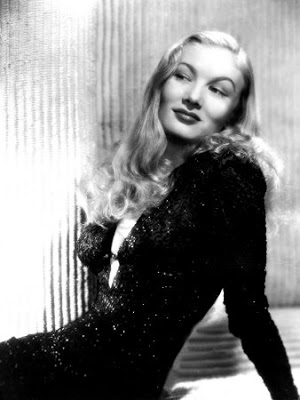 She was born today in 1922 in Brooklyn. Lake was almost as popular for her sexy long peek-a-boo hairstyle as she was for the film noir titles she starred in with Alan Ladd: “This Gun for Hire,” “The Glass Key,” “The Blue Dahlia” and “Saigon.”
She was born today in 1922 in Brooklyn. Lake was almost as popular for her sexy long peek-a-boo hairstyle as she was for the film noir titles she starred in with Alan Ladd: “This Gun for Hire,” “The Glass Key,” “The Blue Dahlia” and “Saigon.”
She died July 7, 1973.





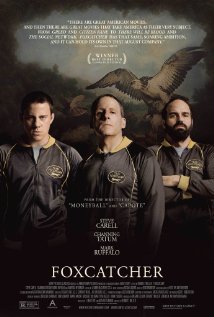
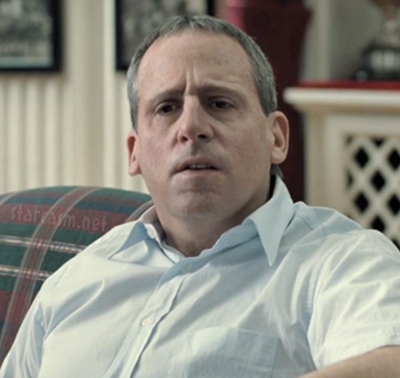
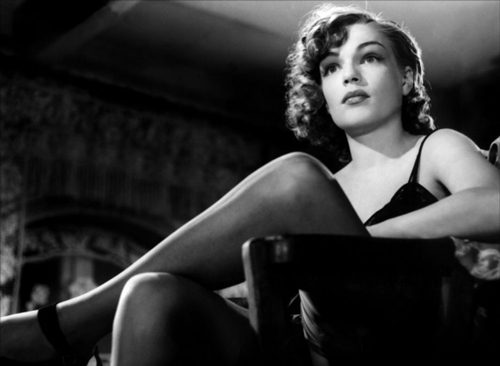
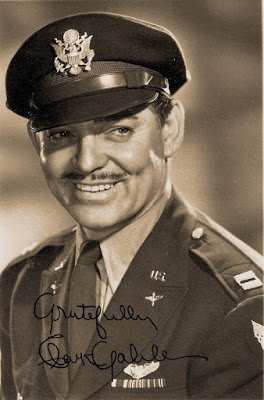
![The-Art-of-Noir-The-Posters-and-Graphics-from-the-Classic-Era-of-Film-Noir-by-Eddie-Muller[1]](http://www.filmnoirblonde.com/wp-content/uploads/2014/11/The-Art-of-Noir-The-Posters-and-Graphics-from-the-Classic-Era-of-Film-Noir-by-Eddie-Muller1.png)

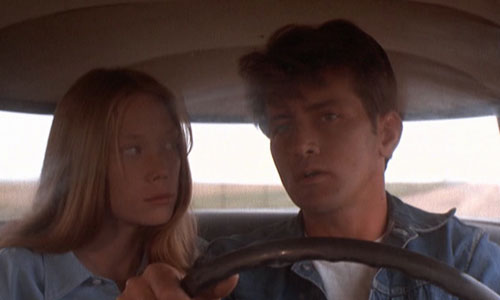
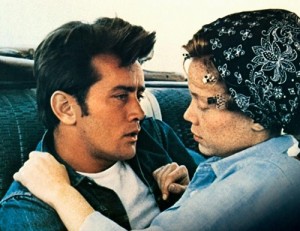
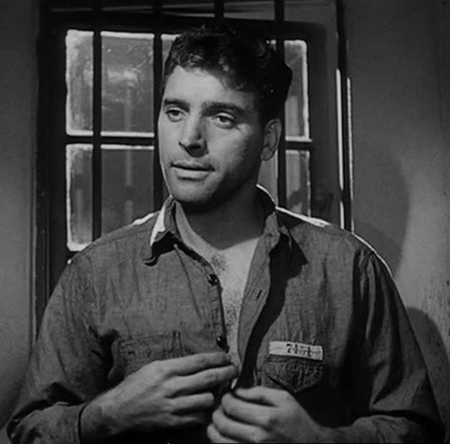
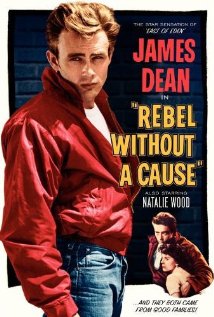
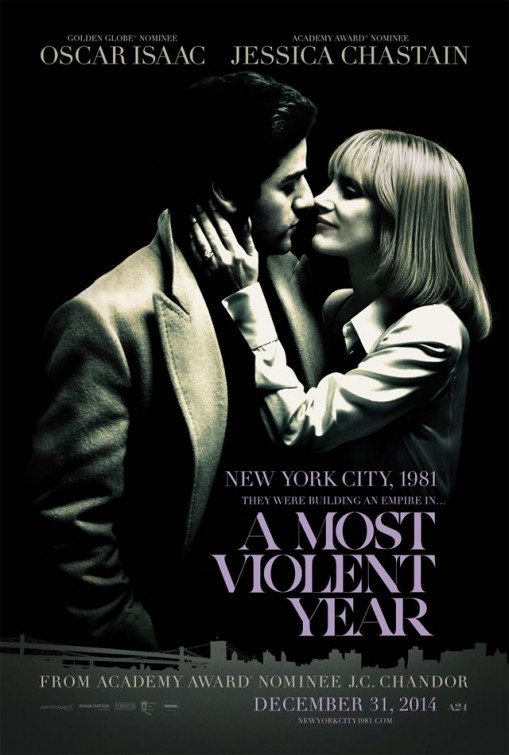
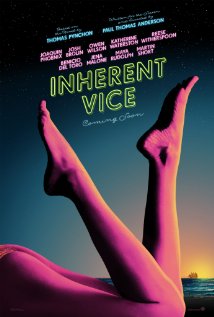
![sophia-loren-afi-tribute[1]](http://www.filmnoirblonde.com/wp-content/uploads/2014/11/sophia-loren-afi-tribute11.jpg)
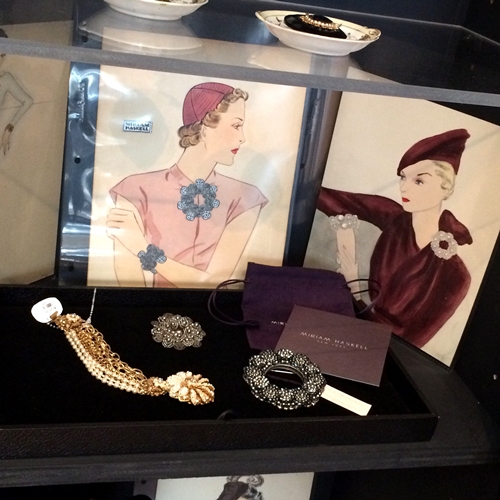
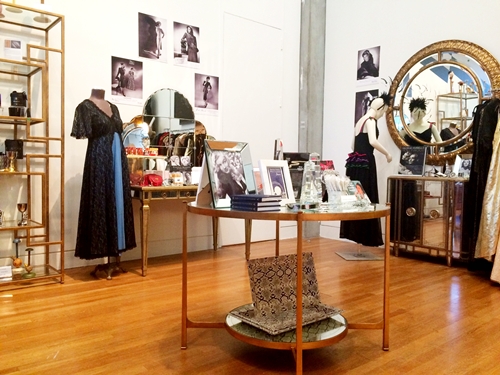
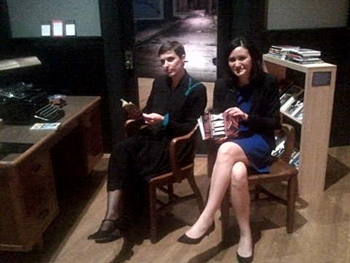
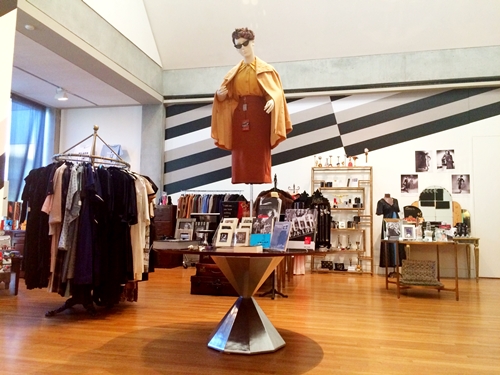
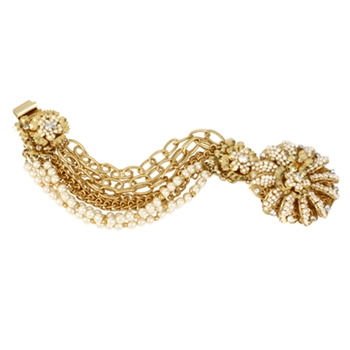
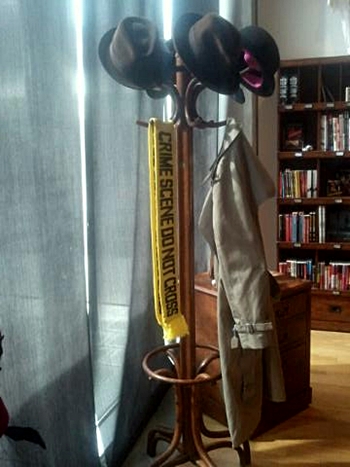
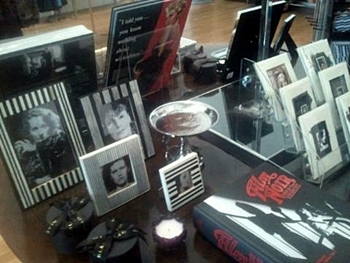
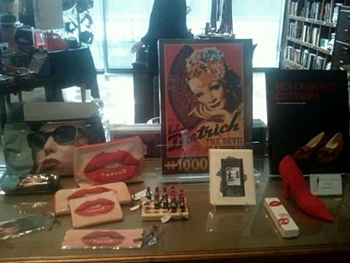
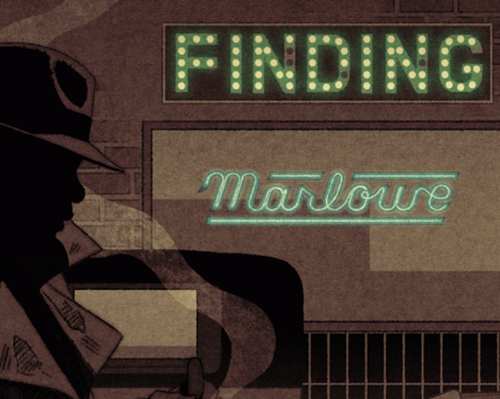





From FNB readers